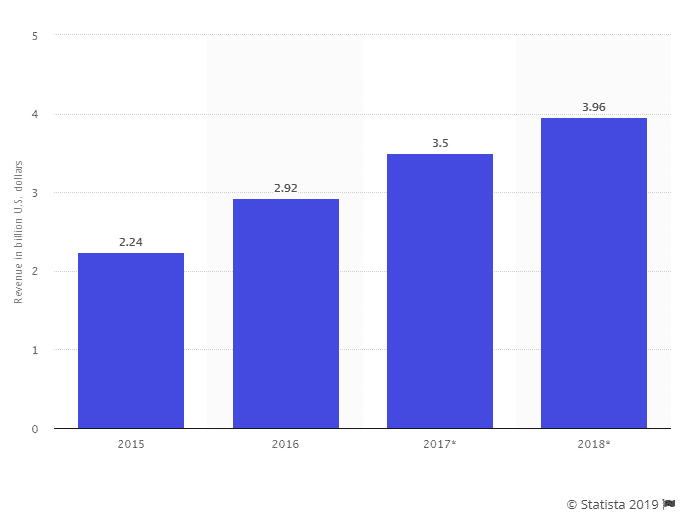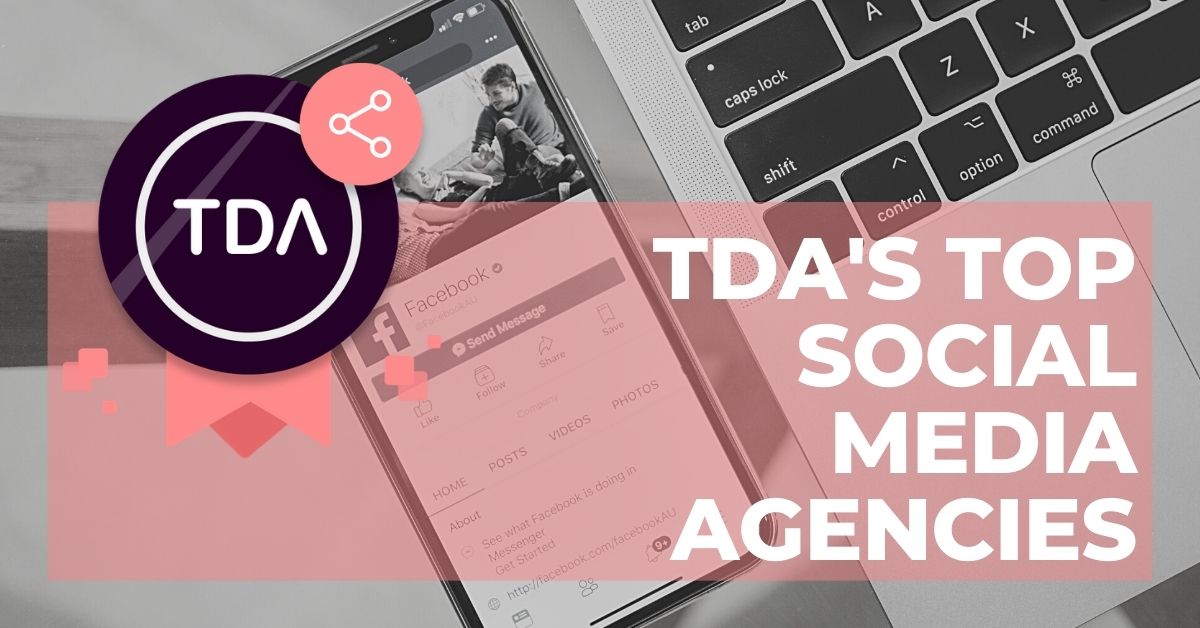
Marketing teams use attribution for answering questions regarding media spend and digital campaigns. For B2B companies that have long sales cycles, account-based attribution is more effective. To fine-tune digital product features, product managers use attribution. Marketing and operations use attribution for product development. This includes optimizing media spending. Here are some examples of common uses for attribute. These are all explained in this article. The goals of your marketing team will influence the choice of the best attribution models for your business.
Singular blends web attribution with mobile.
With Singular, you can get a complete picture of your marketing ROI. Singular can track the user behavior and measure every marketing channel, including mobile. You can also use Singular to protect yourself from fraud by only monitoring one managed pipeline. Its advanced fraud prevention and heuristic rules allow you to identify fraudulent publishers. Singular can help you monitor every step of your customers journey and identify fraudulent behavior.

Singular's SDKs, in app SDKs and 2000 API connections are used to gather data. It can then break down customer journeys by publisher, creative, or campaign. Singular claims that 95% of its attribution methodology is deterministic. The remaining 5 percent are probabilistic. Singular's methodology for attribution is deterministic and incorporates data from mobile and the web.
Attribution model based on time-decay
According to the time decay attribution model, credit is given to the interaction closest to a conversion. Credit is not given for interactions further away. Time decay is an efficient method of assessing the importance and impact of individual interactions. Digital analytics is essential for online business success. Digital analytics is the number one reason why marketers are not able to increase sales and scale their advertising budgets. Digital analytics is crucial for understanding attribution but it is often overlooked.
Time-decay's attribution model allocates credit to all marketing touchpoints. Credit is given to touchpoints closer to conversions. For example, the first touchpoint gets only 10% of the total credit, while the last two or three get 30% or 40%. The idea behind this model is that customers' drive to buy builds momentum as they get closer to the final touchpoint. The customer's decision becomes clear as soon as the final interaction has taken place.
External attribution

External attribution is when we attribute events beyond our control to another factor. It may also be referred to as social attribution or external locus of control. If you believe that someone or something is responsible for your failure or success, you are likely to attribute it to factors outside of your control. External attribution is common and can be found in many contexts. To avoid being a victim of external attribution, it is important to know how to differentiate between a situation or an event.
The internal attributions of a person include their personality characteristics. An external attribution is focused on situational factors. One example of an external attribution would be when someone scores high on a test. While an internal attribute might be that the person got extra help, or the test was too hard. Understanding the meaning of attribution in everyday life will help you understand why it happens.
FAQ
What does it cost to hire content strategists?
A lot of agencies and freelancers can offer content creation services for reasonable prices. Some companies will pay more if they are satisfied with the level of expertise provided by the individual working on the project.
How does content marketing differ from traditional advertising?
Traditional advertising focuses on getting attention, while content marketing focuses on providing value. Traditional advertising is often a waste because most people ignore them. Content marketing will result in much higher engagement rates.
Why do I need to have a Content Marketing Strategy. Why not send out emails or share social media updates?
Two main reasons you might choose to ignore a Content Marketing Strategy.
-
It might seem that social media posts and email marketing are sufficient to get people talking.
-
This type of content might not be practical if you haven’t yet tried social media posting or email marketing.
Both assumptions are incorrect.
Email marketing and postings on social media can be great ways of communicating with prospects and customers. They aren't sufficient by themselves.
Email campaigns alone will not help you reach your goals. Instead, it needs to be part of a larger strategy. You can't rely on social media to help you reach your goals. They need to be part of an overall plan.
This is where a Content Marketing Strategy can help. Creating a strategy that sets clear objectives for each piece of content allows you to manage your entire content creation process.
As a result, your time will be more focused on other aspects of your business such as increasing your conversion rates and growing your audience.
A Content Marketing Strategy is a great tool, but it doesn't necessarily make it easy.
But, having a strategy in place makes all the difference.
How much does content marketing cost?
The price of content marketing varies depending on whether you're looking for an outsourced solution or you're going to handle everything yourself. Outsourcing content management services is typically cheaper than hiring full-time workers, which allows you scale quickly when your needs change.
HubSpot research indicates that the average cost of outsourcing content production for B2B firms is $5 per lead, while it costs $22 per consumer brand lead.
However, there are many resources online that provide content marketing tools for free that can be used to create engaging content and convert.
There are many ways you can optimize content to be found on search engines like Google and Bing. You have the option to write original articles or guest post on blogs. You can also curate content from different websites and reuse existing materials.
You'll need to learn the skills necessary to create great content for self-produced content. Producing content will become relatively simple once you've mastered it.
To start, create simple landing pages in WordPress. Next, build your site. By doing this, you can gradually build up a portfolio.
How do I get started in Content Marketing?
Start by identifying your audience. Who are they? What are their needs? What are their needs? When you understand who you are writing for, it is easier to decide where to direct your efforts.
What does it mean to be a Content Strategist
Content strategists help brands tell stories through engaging messages that are emotionally connected to their audience. They are storytellers that tell stories about brands to help people make decisions and then take action.
Content strategists know how to create strategies that engage current and potential customers. They use data analytics and storytelling to create experiences that are inspiring customers to go to stores, buy products, and share their excitement online.
They also know how to integrate social networks into these campaigns. They use technology tools such virtual reality and video to deliver exceptional customer experiences.
These strategists create digital content and then translate those ideas into plans that marketers will be able to implement. This includes creating content for print and television, developing creative briefs, managing budgets, and creating content.
What is content marketing's main goal?
Content marketing aims to create valuable and relevant information for customers. This can be done by various channels like email campaigns, whitepapers, or blog articles. Delivering value is key.
Statistics
- According to our research, brand awareness, attracting traffic, and generating leads remain the key content marketing goals in 2022. (semrush.com)
- Content marketing produces 3X more leads per dollar spent. Content marketing costs 62% less than traditional marketing. (criteo.com)
- Forty-seven percent of buyers view 3 to 5 pieces of content before engaging with a sales representative. (mailchimp.com)
- Companies that use content marketing see approximately 30% higher growth rates than businesses not using it. (mailchimp.com)
- This marketing strategy landed Ford a 15.4% conversion rate. (neilpatel.com)
- We found that 40% of businesses don't have a documented strategy yet. (semrush.com)
- Seventy-two percent business to business (B2B) (mailchimp.com)
- According to research compiled by Coschedule: Companies that publish 16+ blog posts a month get as much as 3.5x as much traffic as those that publish 0-4 posts a month. (criteo.com)
External Links
How To
How to make your videos more awesome?
Video Marketing is one powerful tool in Content Marketing. It allows you to communicate with your audience, engage them emotionally, and build trust. But how can you go from being boring to amazing? Let's explore some simple ways to do this!
-
Tell a story. Every communication piece that is successful relies on storytelling. Without storytelling, video marketing will not work. Telling stories is only possible if you are open to telling them. Is it entertaining? Educational? Inspiring? It's easy to find inspiration on social media. Get inspired by these stories, and use them for inspiration.
-
Use images. Images can convey emotions more quickly than words. Images allow us to feel empathy and connect with others. Include images in your videos. Images can be added to slideshows, or embedded directly into blog posts.
-
It should be easy to share. You want viewers to spread the word. Make it easy. Include sharing buttons on your videos. Add social icons to your slideshows. And if you're working on a YouTube channel, consider adding "Share" boxes to your videos.
-
Don't overdo it. Over-exaggerating graphics and information can lead to viewers losing interest. Keep it simple. Few striking images will suffice to grab attention and hold it.
-
Keep it simple. Short videos are very popular. You can create short videos of 5 minutes to generate buzz for your brand.
-
Get feedback. Most importantly, listen to your audience. Ask your audience to share their experiences and tell you what they like. Get the answers and improve your content.
-
A plan is essential. After you have created your first video, you should think about what you can do next. Can you create a series? Maybe you can create a playlist with the most watched videos?
-
Test, test, test. It is not good to publish a video and then discover that nobody has seen it. Before releasing any video, test it on your audience. You will be surprised at the reaction you get. You can then make changes based off those results.
-
Repeat. You can repeat steps 1-8 until your formula is perfect. Once you understand what works, you will be able to make great videos over and over again.
-
Measure the results. It's important to measure the success of your videos. What was their performance? Is there a certain type of audience that likes watching particular types of videos? These questions can help you refine your strategy.
-
As needed, adjust. You can't stop learning after your video campaign is live. Learn from your failures and adapt your plans accordingly. Marketers who are the best always seek out ways to improve.
-
Enjoy it. While video marketing isn't difficult, it takes patience. As you gain experience, new strategies, tactics, and ideas will be available to you to help grow your business.